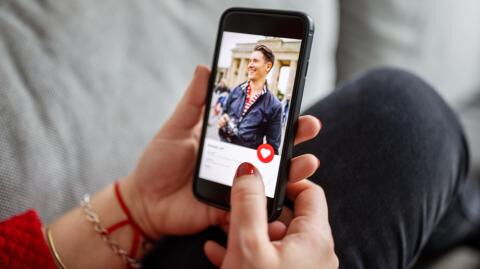Elizabeth Bruch, Ph.D. in Sociology and Statistics, analysed the data of 187,000 registered users on a popular and free dating website in the United States. Her goal is to study the differences when it comes to ‘attractiveness' during online dating.
Discover our latest podcast
The results of the study published in the magazine Science Advances reveal that online, people tend to seek a partner who is on average 25% ‘more attractive’ or more ‘beautiful’ than they are. In fact, the more attractive a person is, the longer the first message sent to them is, despite a bad response rate. To arrive at this conclusion, Elizabeth Bruch combined the data of received messages with the popularity of those sending the messages. She then ranked people using the same type of algorithms as Google Search.
Attractiveness is different for men and women
According to this study, the ‘attractiveness’ of a woman steadily decreases starting from the age of 18 to 60 years old. Men on the contrary reach their peak at around 50 years old. When looking for the right partner women look for a well-educated man, while men are more attracted to women when they are still students and less so when they have higher levels of education.
Women have better results
In general, women get more responses on dating sites. For both sexes however, the probability of a response decreases depending on the ‘attractiveness’ gap. When a man initiates the conversation with a woman more attractive than he is, he gets an answer once out of every five attempts. But everyone has the tendency to contact someone who is more ‘attractive’ than they are, as Elizabeth Bruch explains. ‘Intuitively, I was expecting to find some kind of attractiveness gap, but I thought it was more around 5 or 10%, not 25%. This figure was quite a surprise for me.’
This is a ‘normal’ phenomenon according to the researcher. ‘Online, there are many, many people available to contact, and the illusion that all of them are accessible surely exists, when in reality this is not the case.’ However going for it sometimes yields results. ‘The probability of getting an answer when you send an ambitious message may only be 10%, but at least it's not zero.’















